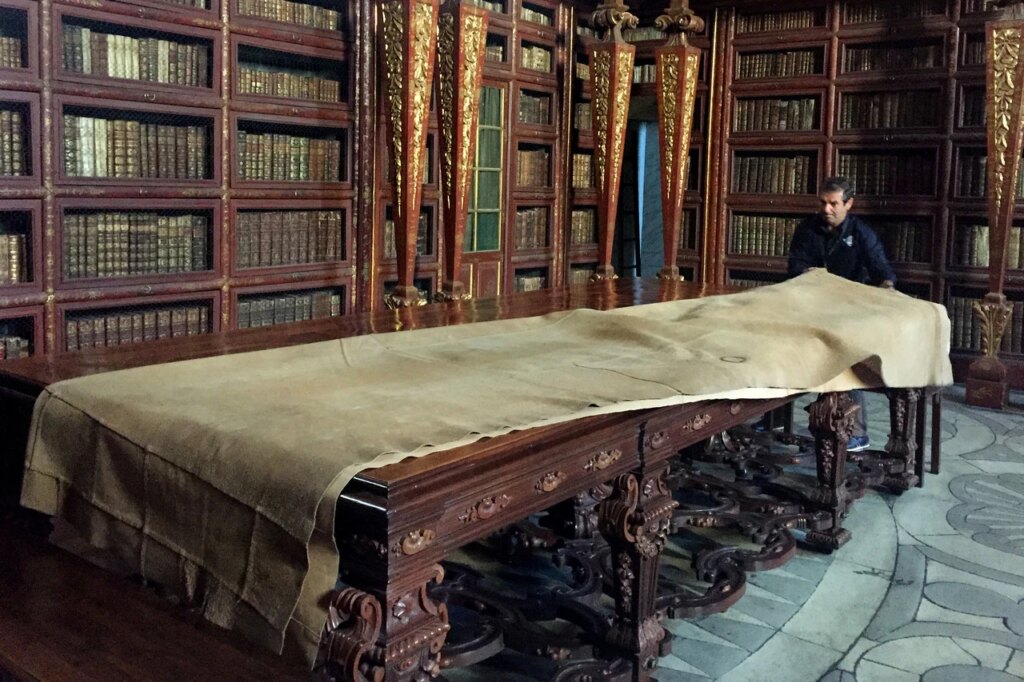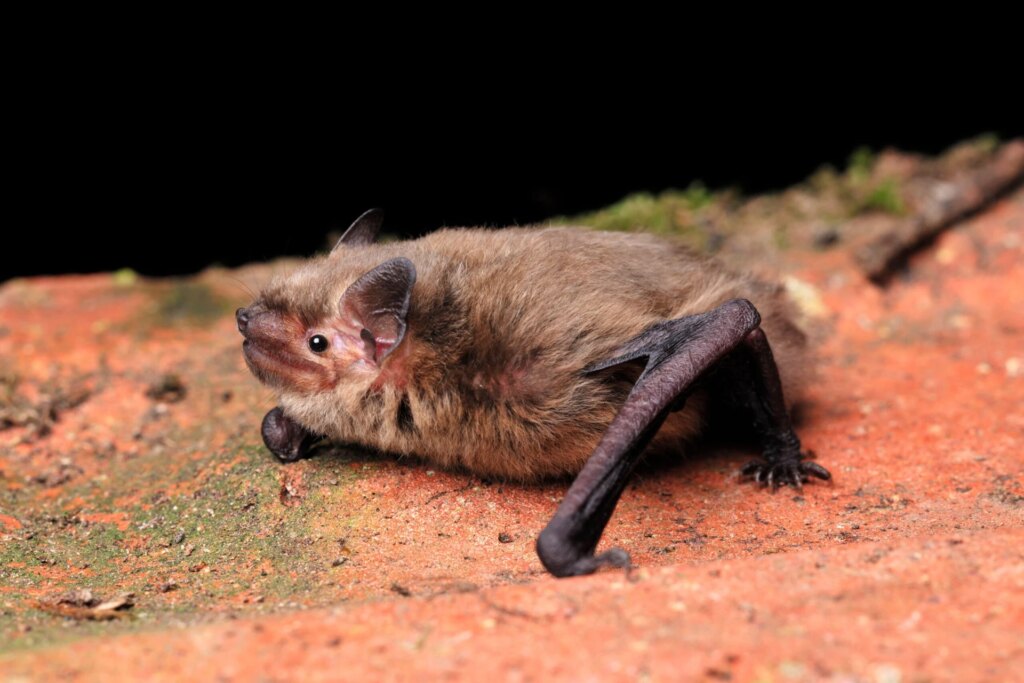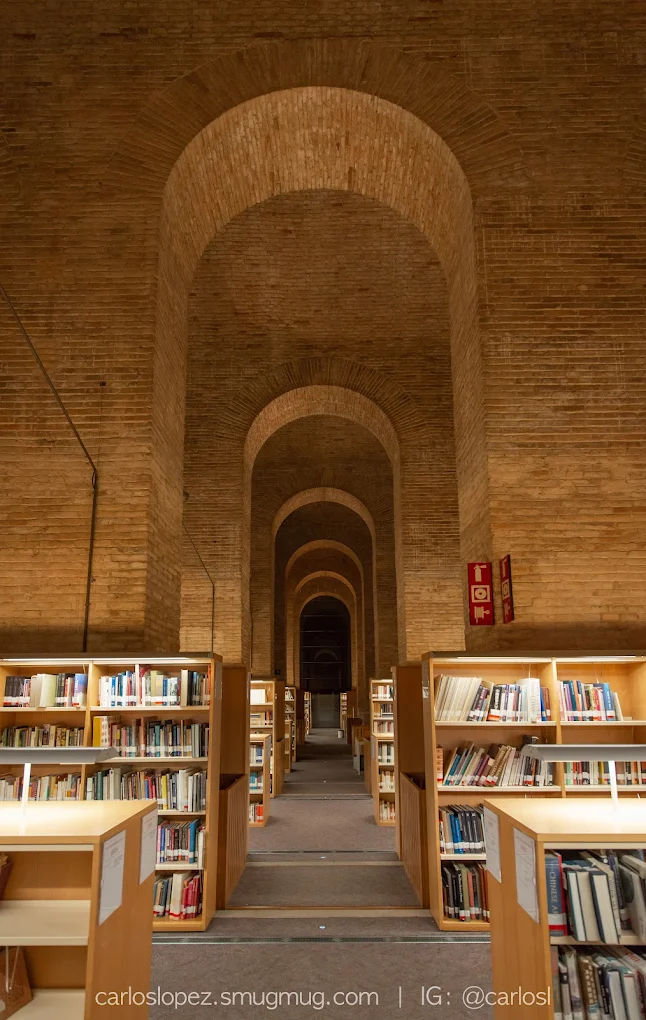The Joanine Library is home to bat species that protect the oldest books in its collection.
As night falls over the University of Coimbra, a colony of bats stirs in the Biblioteca Joanina. Their roost lives behind the bookshelves of the library, where they sleep during the day. At night, the bats emerge and begin their hunt for invasive insects that threaten the preservation of the many historical texts and first editions within the library’s collection.
A Fortress for Books
Established in 1717, the Joanine Library was constructed during the Age of Enlightenment and is the oldest library in Portugal. After 300 years in operation, the library has amassed over 200,000 volumes worth protecting.

The library was painstakingly designed with book preservation in mind, every feature serving a purpose. The building features thick walls, teak doors that filter airflow, and a wood interior, perfect for temperature control and environmental moderation.
Batty History
It is estimated that the colony of bats that inhabit (yes, inhabit!) the Joanine Library dates back 250 years. Their origin is a bit of a mystery, but they can be traced back to at least the early 1800s. Since then, they’ve lived in and served the library as natural pest control. The elimination of pests by the bats protects the books from invasive damage.

Employees of the library have perfected the co-working space they share with their bats. Genuine leather cloths are draped over bookshelves and tables in the library to protect furniture from bat droppings and each morning the library is cleaned and dusted before visitors come in.
Honorary Librarians
Bats are notoriously quiet creatures, making them ideal for the hushed tones expected in libraries. Their nocturnal habits work perfectly in tandem with the Joanine operating hours, ensuring that visitors won’t unexpectedly be interacting with the bats while they patronize the library.

Librarians go to great lengths to make Joanine hospitable to the bats. When renovations swapped out the original library doors in 2015, there was extra care to include gaps in the new doors that matched the original ones used by the bats to get in and out of the buildings for feeding and drinking.
Bats in Action

Regular visitors of the library will tell you that bat-sighting is rare. They emerge from their sleep in the evening after the library closes, and migrate between the university’s gardens and the library into the night. Some say that waiting outside of the library on the university grounds is the surest way to catch a glimpse of these furry friends.
The centuries-long relationship between the bat colony and the Joanine Library is commemorated by a small display in the library which features the history and some taxidermy ancestors of today’s living bats.

Join our community of 1.5M readers
Like this story? You'll love our free weekly magazine.








